AWS Earnings Takeaways: Slow 2023 Ahead, Amazon Layoffs
Here are the five biggest AWS highlights from the company’s $21 billion fourth quarter 2022 results, which saw Amazon CEO Andy Jassy speaking heavily about AWS’ future.
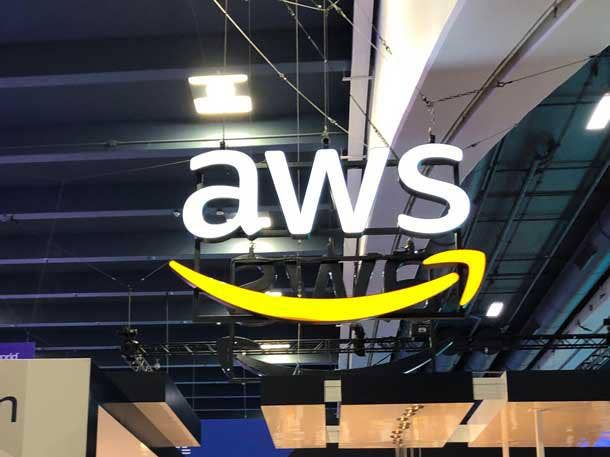
Amazon Web Services’ sales results thus far for its current first quarter 2023 raised some eyebrows from analysts during Amazon’s fourth quarter 2022 financial earnings results reported yesterday.
“As we look ahead, we expect these [customer] optimization efforts will continue to be a headwind to AWS growth in at least the next couple of quarters,” said Brian Olsavsky, chief financial officer of Amazon, during the technology giant’s earnings report on Thursday.
In a surprise appearance, CEO Andy Jassy attended Amazon’s earnings call with analysts with much to say about the vision for AWS and its future.
“I might jump on the calls from time to time moving forward. And given that this last quarter was the end of my first full year in this role, and given some of the unusual parts in the economy and our business—I thought this might be a good one to join,” said Andy Jassy, who was AWS’ former CEO before taking over the reigns at Amazon in July 2021.
CRN breaks down the five biggest takeaways from Amazon’s fourth quarter earnings report Thursday including comments of Amazon’s 18,000 layoffs, its cloud sales forecast the first quarter of 2023 and Jassy’s bullish comments on AWS future.
[Related: AWS CTO Slams ChatGPT: ‘Not Concerned About The Truth’]
AWS Earning Results
Before diving into the biggest takeaways from last night’s earnings report, here’s a look at AWS’ revenue results for the fourth quarter 2022, which ended Dec. 31, 2022.
The Seattle-based cloud market share leader generated total sales of $21.38 billion in the fourth quarter, representing a growth rate of 20 year over year.
This marked one of AWS’ slowest sales growth rates in recent years. For example, in fourth quarter 2021, AWS sales increased 40 percent year over year. During its recent third quarter 2022, AWS revenue increased 28 percent year over year.
Operating income was $5.2 billion for AWS in fourth quarter 2022, compared to $5.3 billion in fourth quarter 2021.
In terms of full year 2022 revenues, AWS captured total revenue of $80.1 billion, up 29 percent year over year. Operating income at AWS in 2022 was $22.8 billion, compared to $18.5 billion in 2021.
Here are the five biggest AWS earnings takeaways from Amazon’s fourth quarter 2022 report.
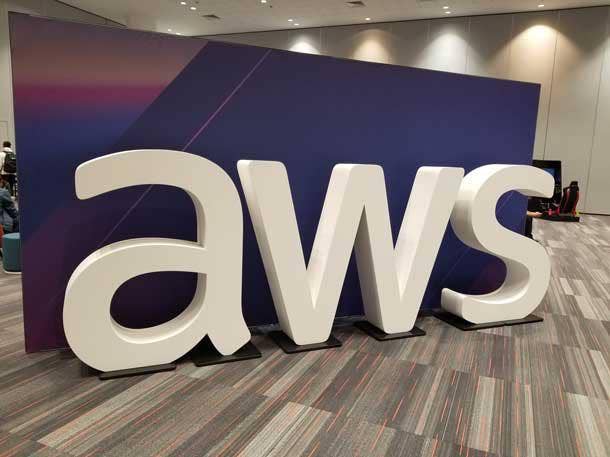
Only ‘Mid-Teen’ Growth So Far In 2023: ‘Uncharted Territory’
Amazon executives did not have good news about AWS growth rate in the first month of 2023.
“So far in the first month of the year, AWS year-over-year revenue growth is in the mid-teens,” said Amazon’s CFO Olsavsky. “As we look ahead, we expect these [customer] optimization efforts will continue to be a headwind to AWS growth in at least the next couple of quarters.”
Olsavsky said the uncertain economic times is affecting how enterprises and AWS customer spend their IT dollars.
“This is a bit uncharted territory—economically,” he said. “There’s some unique things going on with the customer base that I think many in this industry are all seeing the same thing. So I don’t have a crystal ball on that one, but we are going to continue to work for to be there for our customers.”
However, Amazon says AWS had a healthy customer pipeline and expects strong growth to eventually return.
“Our new customer pipeline remains healthy and robust, and there are many customers continuing to put plans in place to migrate to the cloud and commit to AWS over the long term,” he said.
“Whether there’s short-term belt tightening in the infrastructure expense by a lot of companies, I think the long-term trends are still there,” Olsavsky said. “The quickest way to save money is to get to the cloud, quite frankly. So there’s a lot of long-term positive in tough economic times.”

Amazon Takes $640 Million Hit For Layoffs
Amazon reported it took a $640 million hit during the quarter as part of its massive 18,000 employee layoffs announced last month. Executives reiterated that AWS employees weren’t significantly affected by the terminations.
“As we consider the ongoing uncertainties of the macroeconomic environment, this led us to the difficult decision to eliminate just over 18,000 roles, primarily impacting our stores and device businesses as well as our human resources teams,” said Olsavsky. “As a result, we recorded an estimated severance cost of $640 million.”
Amazon CEO Andy Jassy said it was the “hardest decision” to terminate 18,000 employees.
“Those [layoffs] were all done with an eye toward trying to streamline our cost but still be able to invest in the things that we think really matter over the long term,” said Jassy.
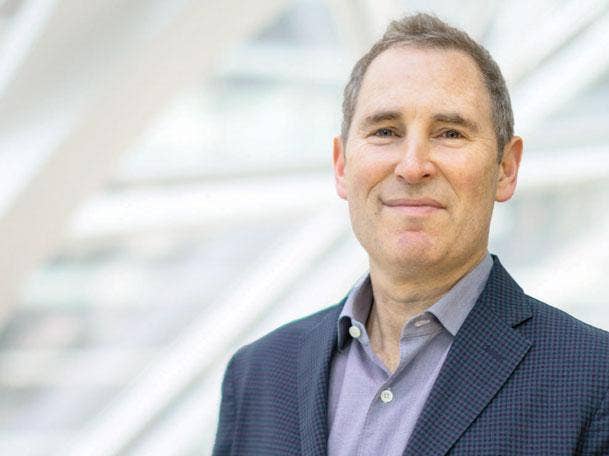
Amazon CEO Andy Jassy
Andy Jassy Attends Earnings And Is Bullish About AWS’ Future
Prior to yesterday, Amazon CEO Andy Jassy had yet to participate in any of his company’s quarterly earnings report. “I might jump on the calls from time to time moving forward,” Jassy said.
One thing Jassy wanted to make clear, is that he is fully confident in AWS’ future from what he’s seeing in the market.
“[AWS] has a very robust, healthy customer pipeline, new customers, migrations that are set to happen,” said Jassy, who joined Amazon at AWS in 1997. “A lot of companies during times of discontinuity like this will step back and think about what they want to change strategically to be in a position to reinvent their businesses and change their customer experiences more quickly as uncertain economies emerge—and that often means moving to the cloud.”
Jassy touted that Amazon reports its cloud numbers in a more realistic way compared to its cloud competitors.
“We’re the only ones that really break out our cloud numbers in a more specific way. When we look at the absolute dollar growth year over year, we still have significantly more absolute dollar growth than anybody else we see in this space,” Jassy touted.
AWS’ largest cloud competitors are Microsoft and Google Cloud.
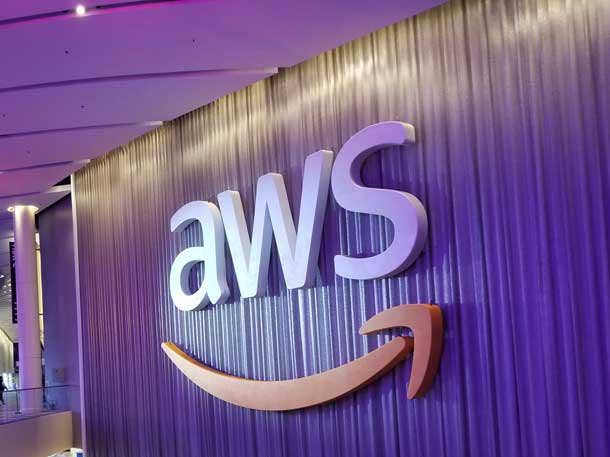
Jassy On AWS: ‘A Lot Of Growth’ Ahead Even With Enterprises ‘Acting Cautiously’
Andy Jassy recognized that enterprise customers are spending less in the current economic climate.
“Most enterprises right now are acting cautiously. You see it with virtually every enterprise, and we’re being very thoughtful about streamlining our costs as well,” said Jassy. “When you are being cautious, you look for ways [where] you can spend less money.”
Jassy said AWS was built to help customers find a way to spend less money.
“We are not focused on trying to optimize in any one quarter or any one year—we’re trying to build a set of relationships in business that outlast all of us,” Jassy said.
“So if it’s good for our customers to find a way to be more cost effective in an uncertain economy, our team is going to spend a lot of cycles doing that. And it’s one of the advantages that we’ve talked about since we launched AWS in 2006 in the cloud—which is that when it turns out you have a lot more demand than you anticipated, you can seamlessly scale up. But if it turns out that you don’t need as much demand as you had, you can give it back to us and stop paying for it. And that elasticity is very unusual. It’s something you can’t do on-premises, which is one of the many reasons why the cloud is and AWS are very effective for customers,” Amazon’s CEO said.
He also reminded analysts and listeners who were attending the earnings call that the global majority of IT spending is still spent around on-premise infrastructure. In fact, he said 90 percent to 95 percent of worldwide technology spending is still on-prem.
However, Jassy believes that is going to “shift and flip” over the next decade.
“I don’t think on-premises will ever go away, but I really do believe in the next 10 to 15 years that most of it will be in the cloud if we continue to have the best customer experience,” he said. “It means we have a lot of growth in front of us in the AWS business.”
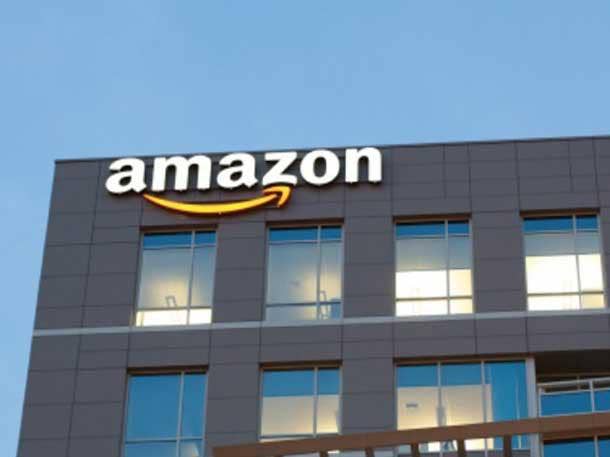
AWS: Faster Sales Growth And Greater Profitability Than Amazon
Although AWS’ sales only increase 20 percent year over year—a much lower growth rate compared to previous quarters over the past several years—AWS is helping Amazon in a big way when it comes to overall profitability.
For parent company Amazon, total sales increased 9 percent year over year to $149.2 billion in fourth quarter 2022.
Amazon’s operating income decreased to $2.7 billion in the fourth quarter, compared with $3.5 billion year over year. AWS alone reported operating income of $5.2 billion for fourth quarter 2022, which helped Amazon tremendously.
Looking at full year 2022, Amazon generated $514 billion in sales, up 9 percent year over year compared to $470 billion in 2021.
AWS grew sales in 2022 at a much higher rate than its parent company, with total annual revenue reaching a record $80.1 billion, representing a 29 percent compared to 2021.
Operating income at AWS in 2022 was $22.8 billion, compared to Amazon reporting total operating income of $12.2 billion for the full year, meaning AWS is helping its parent company stay in the black.